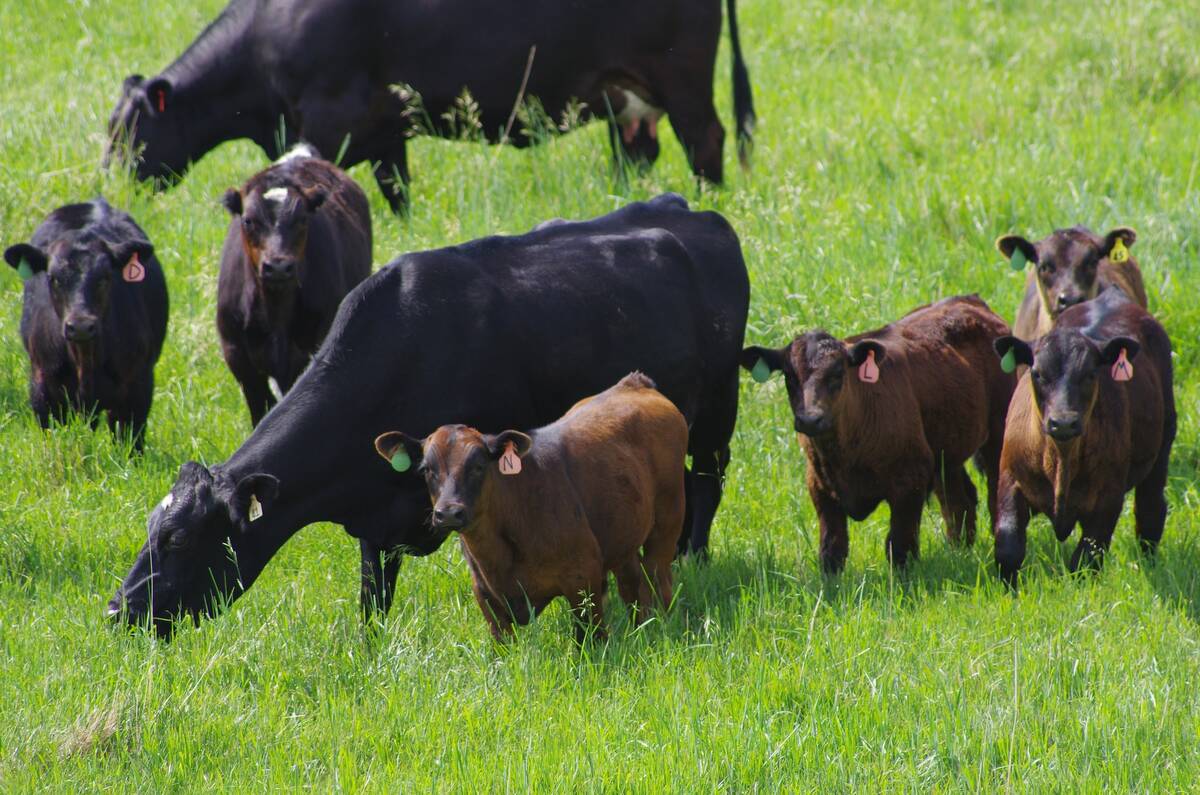You can stack them one on one, stack them side by side, stack them flat side down or stack them in a pyramid.
But when it comes to hay quality retention, what is the best way to stack bales?
Barry Yaremcio, a beef and forage specialist with Alberta Agriculture, says studies show stacking round bales in a mushroom shape creates less damage than stacking in a pyramid.
A mushroom shape is created by placing the first bale flat side on the ground and then a second one round side onto the upper flat surface.
Read Also

Manitoba extends Crown land rent freeze
Manitoba government links the continued rental rate freeze on grazing and forage leases to economic and environmental challenges facing the industry
“Stacking hay in pyramid shaped piles can create conditions that cause damage,” Yaremcio said in a news release.
“If the stacked bales are left uncovered, rain or moisture that lands on the top bale of the pyramid runs down between the bales into the middle layer. The same thing happens when moisture from the middle layer moves down to the bottom layer.
“This stacking system can create the most damage compared to other stacking methods. Dry matter loss from this system can be as high as 20 percent.”
Forage and beef specialist Grant Lastiwka said in an interview that most producers have some information about stacking, but there are often gaps in their knowledge.
For example, bales should be stacked parallel to prevailing winds, which doesn’t always happen. As well, the pyramid shape remains common, mostly for its ease.
“The mushroom stack is harder because you’ve got a tractor and you’re trying to tip one bale on end with the front end loader.… You grab the next bale and you need to do it differently,” Lastiwka said.
“The pyramid is easy, because you grab a bale, run over to the stack, tip it in, go grab another one, run over to the stack, tip it in. It’s the way it’s brought off a truck, it’s the way it’s unloaded, so it’s very handy and it doesn’t take all the yard space up to do it.”
However, easy handling at haying time can cost producers in reduced feed value and quality.
“You can have a lot of losses in this system if the weather’s quite moist,” Lastiwka said.
“And after all your legwork of doing it, to throw away 20 percent because of the way you store it, that’s pretty shocking.”
Bales are going to get wet, but they also dry. The key is to store bales so they don’t accumulate water over time. Bales should be stored so the sun hits both sides.
Lastiwka said big square bales have similar spoilage rates as round bales.
“A lot of people wouldn’t think that, but I’m pretty certain they are. And small squares are the worst. You have a lot of surface area for a very little bale.”
Bales that will be stored over winter should be placed in single rows, round side down with six inches of space between each bale, he said.
Rows of bales should be three to four feet apart and parallel to prevailing winds.
“In a lot of these cases, pulling them off to the side of the field and rowing them up isn’t such a bad idea,” said Lastiwka, noting reduced hauling costs and more available space.
Of course, that means having to access the bales in winter, which can be a problem.
“At times that’s more costly, but a lot of times it isn’t.”
Hay begins to deteriorate shortly after cutting. Bales continue to lose digestibility over time.















